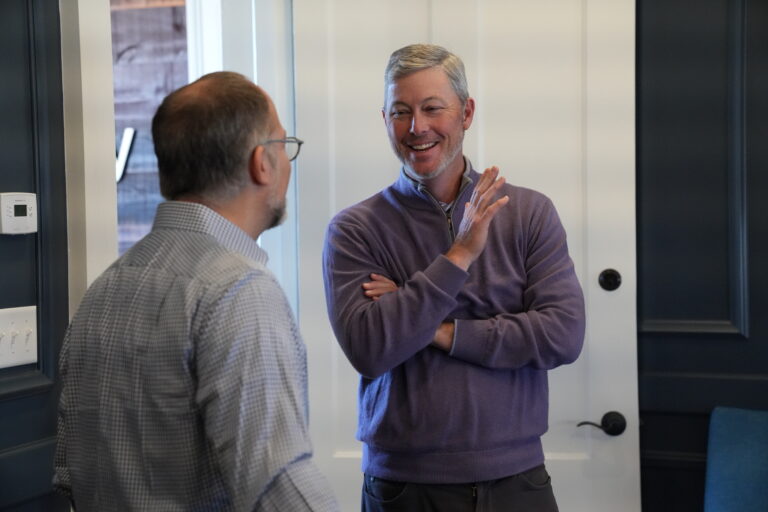Steve Palma, president of medical cost solutions at Goodroot, recently joined host Karen Jagoda on Empowered Patient Radio to discuss payment integrity, hospital financial assistance programs and more. Below are some of the highlights of what Steve had to say.
Listen to the full episode on Empowered Patient Radio.
Medical Debt
“I had no idea that medical debt was causing bankruptcy, and most of that is — as these high-deductible plans have evolved, it’s not just the uninsured that can’t afford that. It’s people with insurance that have to go for treatment to get care, and they can’t afford their co-insurance and deductible. And that’s causing medical debt.”
Medical Billing Errors
“Billing errors include the cost of payers overpaying or underpaying claims, and the cost to the providers in billing correctly and then dealing with all the administrative headaches around audits by payers, and getting that claim ultimately right. It adds a tremendous amount of administrative cost on both sides. And it ends up getting passed to the consumer.”
The Blame Game
“You’ll hear some people on the health plan side say it’s all abusive provider billing practices, whether it’s fraud or potentially maximizing coding in a complex coding environment. On the provider side, oftentimes they’ll say it’s health plans intentionally underpaying or playing their own types of games. I think, over the years, what I’ve really come to conclude is that, for the most part, the health plans and the providers are trying to do the right thing, from a coding perspective, but it’s extremely complicated. So the complication of the billing and the regulatory environment where payers have to pay those claims very, very quickly and get them out the door, it just causes error on both sides.”
On Penstock
“We don’t want to ultimately become just another one of these companies that are kind of profiting on the problem. We want to develop solutions and identify overpayments. Sure, to help a health plan recover those overpayments, but also get into that education space to work with payers to say, ‘Hey, look, what type of education are you sending to providers if they’re billing incorrectly? What does that look like? Can we help you?’ Engage the provider community rather than just go after the dollar.”
Technology in Healthcare
“I think most people would agree that health care probably has been the least tech-savvy industry to kind of pick up some of these new technology solutions. There are a lot of former Silicon Valley folks who are starting to launch companies in the healthcare space around machine learning and AI. There’s great promise there because you can identify overpayment and underpayment billing patterns, and just inaccuracy, through machine learning much more easily than you can with people trying to scrub that data. So, I’m really kind of optimistic about where that’s going, with an asterisk. … As that happens, if you think about the trillions of claims that are billed and paid every year, and the regulation that requires timeliness of payment and billing, ultimately, with the impact of the patient knowing what their cost is in a reasonable time and being able to pay that, machine learning can identify patterns, can identify trends, can alert basically the payers and the providers to where there’s potential billing problems or payment problems. But oftentimes what happens is it can also create a bunch of things that healthcare payers and the providers have to have their administrative resources basically vet and validate. So, because the healthcare environment is so regulated and so complex, you really just can’t let these solutions go and fire and just kind of act on their own. The labor component to that is very expensive in an industry that’s already administratively very taxed.”
Hospital Financial Assistance Programs
“Nonprofit hospitals, which are the majority in this country, have to have financial assistance programs for patients to be able to access. In getting into that world and living and breathing in that space, I really do firmly believe that most of these nonprofit hospitals are attempting to make those programs readily available to patients that need them, and to support them. It’s just challenging. Oftentimes they have limited budgets. Their websites have the financial assistance policies listed, but maybe they’re hard to find sometimes. The administration of it could get clunky. Sometimes patients aren’t even aware that they qualify for financial assistance. The reality is financial assistance can apply to somebody who’s X percentage above the federal poverty level, which can be a family, a working family of four, or whatever it is in a certain given area, that qualifies for some level of financial help. But they don’t think they can, and they don’t know about it. Oftentimes they don’t even access it. They just assume financial assistance is for uninsured people, and it’s not.”







